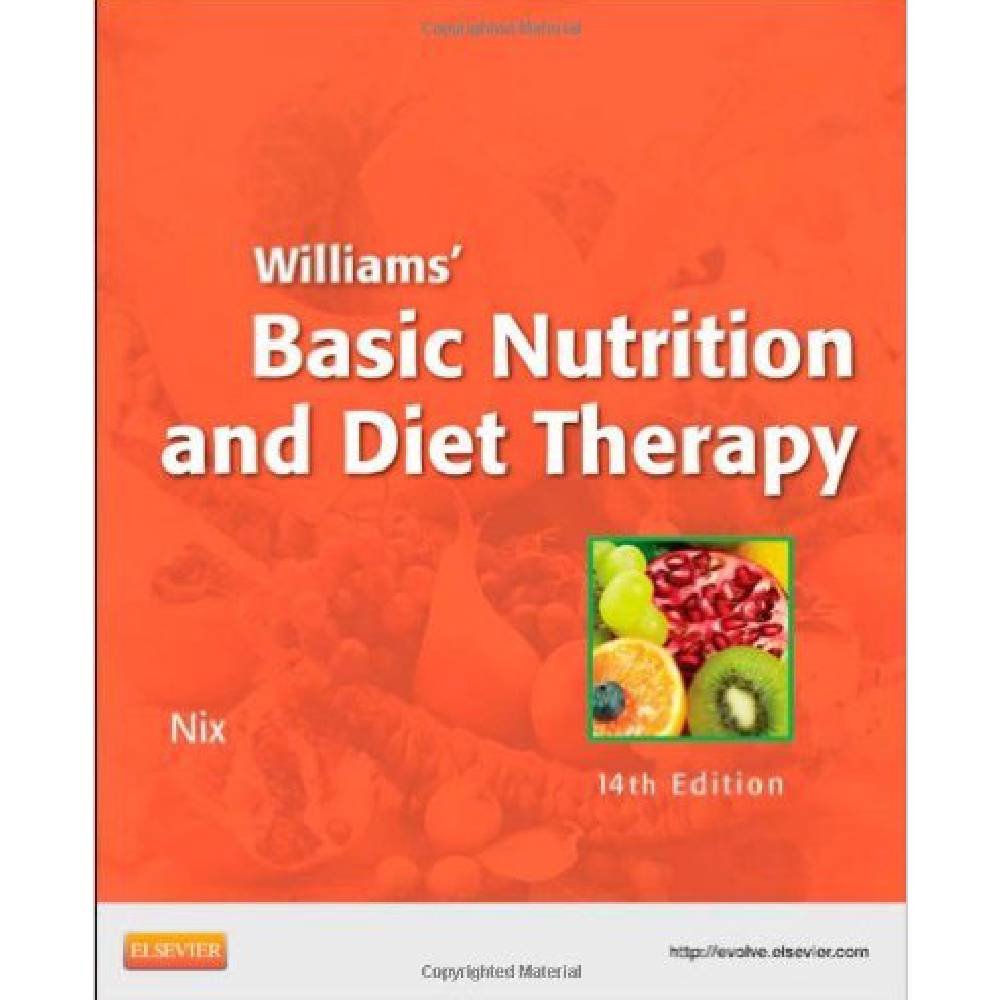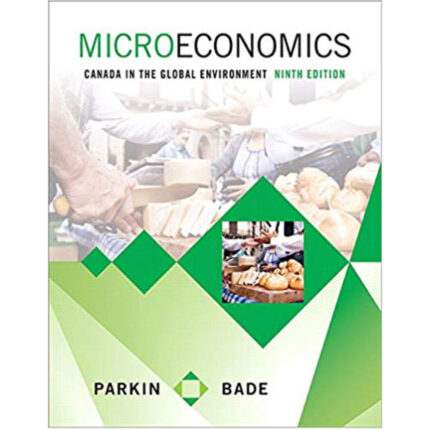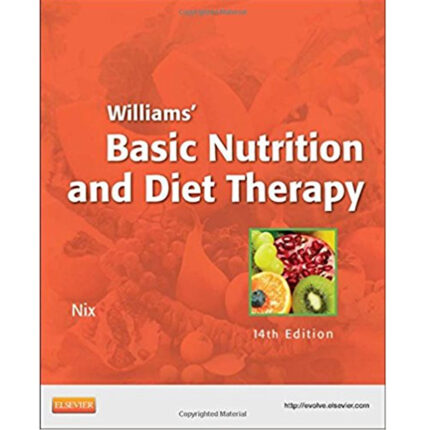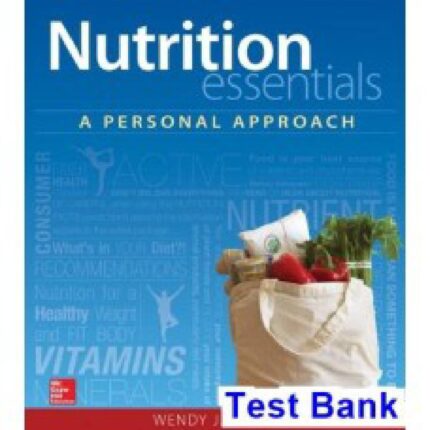Overview
Chapter 11:
Nutrition in Infancy, Childhood, and Adolescence
Test Bank
Multiple-Choice
1. At birth, the reflexes an infant has are
a. rooting, biting, and swallowing.
b. sucking, munching, and swallowing.
c. rooting, sucking, and swallowing.
d. grasping, sucking, and gagging.
ANS: C
At birth the rooting, sucking, and swallowing reflexes are present along with the tonic neck reflex.
DIF: Cognitive Level: Knowledge REF: 203|207 TOP: Nursing Process: Planning
MSC: NCLEX: Physiological Integrity: Physiological Adaptation, Health Promotion and Maintenance
2. Foods for infants should be prepared without added
a. sugar and salt.
b. salt and herbs.
c. wheat and sugar.
d. milk and wheat.
ANS: A
Foods for infants are prepared without added sugar and salt. Foods should not be overseasoned to let tastes develop gradually.
DIF: Cognitive Level: Knowledge REF: 206 TOP: Nursing Process: Planning
MSC: NCLEX: Physiological Integrity: Physiological Adaptation, Health Promotion and Maintenance
3. The phase that shows the most erratic growth is
a. infancy.
b. childhood.
c. adolescence.
d. adulthood.
ANS: B
During childhood, physical growth and appetite occur in spurts. The generally slow and irregular growth rate continues in the early school years, and body changes occur gradually.
DIF: Cognitive Level: Application REF: 207|209
TOP: Nursing Process: Assessment
MSC: NCLEX: Physiological Integrity: Physiological Adaptation, Health Promotion and Maintenance
4. During a checkup at the clinic, a child’s growth is evaluated by using
a. fitness testing.
b. clinical observation.
c. food records.
d. growth charts.
ANS: D
Growth charts are an assessment tool for measuring normal growth patterns in infants, children, and adolescents. These charts are based on large numbers of well-nourished children representing the national population.
DIF: Cognitive Level: Knowledge REF: 196
TOP: Nursing Process: Assessment|Nursing Process: Evaluation
MSC: NCLEX: Physiological Integrity: Physiological Adaptation, Health Promotion and Maintenance
5. A good source of energy for children is
a. chicken.
b. cereal with added sugar.
c. whole wheat toast.
d. a vitamin supplement.
ANS: C
The main energy source for children is carbohydrates, preferably complex carbohydrates. Carbohydrates spare protein so that it is available for building tissue during childhood rather than being broken down for energy needs. Whole wheat toast is a good source of complex carbohydrates. Cereal also provides carbohydrates, but sugar-sweetened cereal provides less complex carbohydrates.
DIF: Cognitive Level: Application REF: 198
TOP: Nursing Process: Implementation
MSC: NCLEX: Physiological Integrity: Physiological Adaptation, Health Promotion and Maintenance
6. In the growing years, most calories are needed for
a. tissue growth.
b. physical activities.
c. specific dynamic effect.
d. basal metabolic needs.
ANS: D
Basal metabolism accounts for 50% of total daily caloric intake during childhood.
DIF: Cognitive Level: Knowledge REF: 196 TOP: Nursing Process: Planning
MSC: NCLEX: Physiological Integrity: Physiological Adaptation, Health Promotion and Maintenance
7. An example of a food that provides building material for tissue growth is
a. bread.
b. cheese.
c. broccoli.
d. an orange.
ANS: B
Protein is the fundamental tissue-building substance of the body. Cheese is a food high in protein.
DIF: Cognitive Level: Application REF: 198 TOP: Nursing Process: Planning
MSC: NCLEX: Physiological Integrity: Physiological Adaptation, Health Promotion and Maintenance
8. An 8-month-old infant who receives approximately 0.4 L of fluid per day is meeting
a. 200% of fluid needs per day.
b. 100% of fluid needs per day.
c. 75% of fluid needs per day.
d. 50% of fluid needs per day.
ANS: C
Approximate daily fluid needs during growth years for infants 7 to 12 months is 0.8 L/day.
DIF: Cognitive Level: Application REF: 198
TOP: Nursing Process: Assessment
MSC: NCLEX: Physiological Integrity: Physiological Adaptation, Health Promotion and Maintenance
9. Compared with adults, infants and young children have more body fluid
a. outside the cells.
b. inside the cells.
c. in the bloodstream.
d. in intestinal secretions.
ANS: A
A larger proportion of an infant’s and child’s total body water is outside the cells and more easily available for loss, potentially resulting in dehydration.
DIF: Cognitive Level: Knowledge REF: 198 TOP: Nursing Process: Planning
MSC: NCLEX: Physiological Integrity: Physiological Adaptation, Health Promotion and Maintenance
10. A good source of calcium for the growing child is
a. milk.
b. juice drink.
c. dinner roll.
d. hot dog.
ANS: A
Milk is a good source of calcium. Calcium is an important nutrient for the growing child to assist with bone and tooth development.
DIF: Cognitive Level: Application REF: 201
TOP: Nursing Process: Implementation
MSC: NCLEX: Physiological Integrity: Physiological Adaptation, Health Promotion and Maintenance













Reviews
There are no reviews yet.